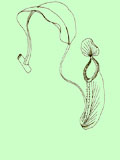

 |
 |
 |
Vertebrates
The changing bird community of Tai Po Kau
by Kwok Hon Kai
Ecosystems Ltd
Tai Po Kau Nature Reserve holds the biggest contiguous forest area and richest forest ornithological record in Hong Kong. It is one of the local bird-watching hot-spots and more than 160 species have been recorded in Tai Po Kau to date. I studied the forest bird community in Tai Po Kau between August 1992 and June 1995 as part of my PhD research. Japanese White-eyes Zosterops japonica, Great Tits Parus major and Chinese Bulbuls Pycnonotus sinensis were the three most abundant species at that time, accounting for 65% of the total bird density (Kwok & Corlett, 1999). I have continued to visit Tai Po Kau regularly after I finished my study and have noticed that the abundance of some bird species has changed considerably. Systematic surveys are needed to confirm and quantify these changes, so I will only mention the most striking ones here.
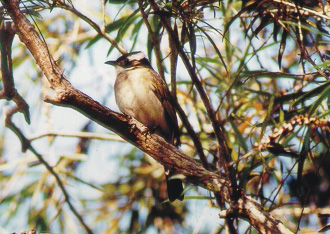 |
|
Chinese Bulbuls Pycnonotus sinensis
|
The introduced species, Silver-eared Mesia Leiothrix argentauris and Blue-winged Minla Minla cyanouroptera, have shown a marked increase in the last few years. I saw juveniles of both species begging for food from their parents both this year and last. The Chestnut Bulbul Hemixos castanonotus, which was only the sixth most abundant species during my PhD study, now seems to outnumber the Chinese Bulbul. This species is probably the most abundant bulbul in forests in South China. Yellow-cheeked Tits Parus spilonotus, are also seen much more frequently than they were in the early 1990s. The most exciting event is the increase in the encounter rate for the Rufous-capped Babbler Stachyris ruficeps and the Grey-cheeked Fulvetta Alcippe morrisonia. Although the birds at Tai Po Kau are probably the descendents of released cage- birds, these two species are very abundant in forests in Guangdong.
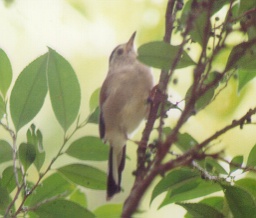 |
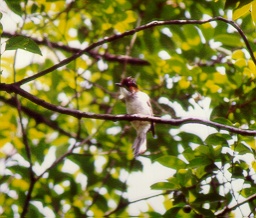 |
|
Blue-winged
Minla Minla cyanouroptera
|
Chestnut
Bulbul Hemixos castanonotus
|
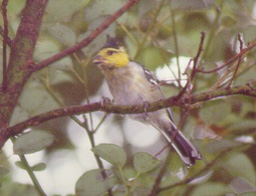 |
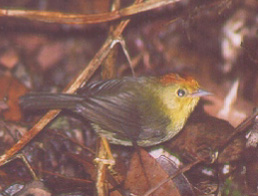 |
|
Yellow-cheeked
Tits Parus spilonotus
|
Rufous-capped
Babbler Stachyris ruficeps
|
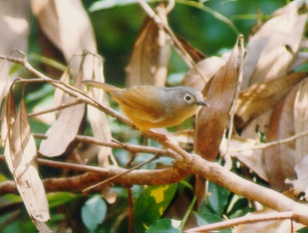 |
|
Grey-cheeked
Fulvetta Alcippe morrisonia
|
Bibliography
Kwok, H.K. and Corlett, R.T. (1999). Seasonality of a forest bird community in Hong Kong, South China. Ibis 141: 70-79.
|
|
P.18-19 |
|
Porcupine! |
 Copyright © 2000 |